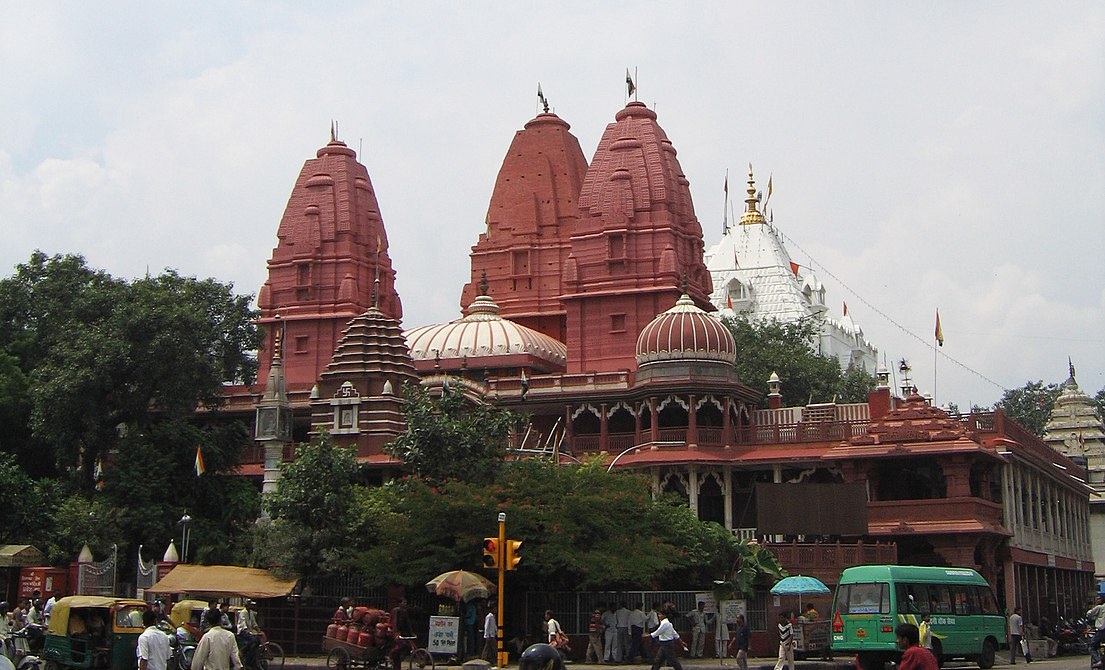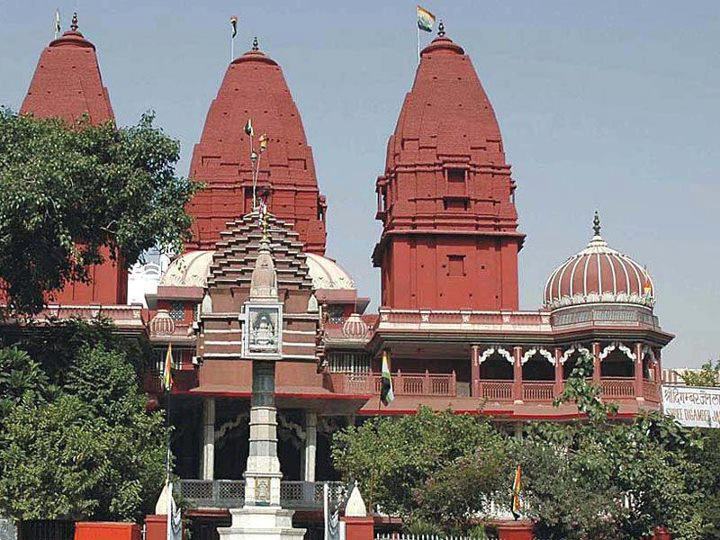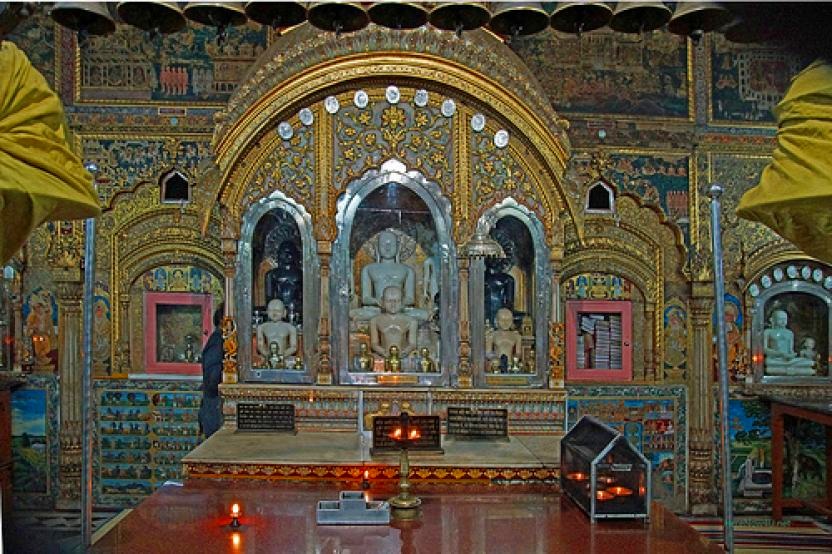Lal Mandir, Delhi




As you stand in front of the Red Fort and look towards the main promenade, known as Chandni Chowk, you can't help but notice another prominent red building right in front of you that's a Jain temple. Famously known as Lal Mandir - because of its color – this temple is as old as the Delhi city itself. Idols of the main deities in the temple are older still, dating back almost 500 years.
But Lal Mandir was not always red in color. So how did it get its name? As you enter the temple, you are in a courtyard with marble flooring and the main structure you notice is a carved marble column, known as Manastambha. This is a common structure in most Jain temples and denotes a pillar of honor, implying someone entering a temple to shed their pride. Behind this column are the temple buildings, three in total, and each with a carved stone Shikhars, which are majestic red in color. But these Shikhars were not present when the temple was originally built. So how did the temple get its Shikhars?
Just standing there, you feel as if you have entered a different world, oblivious to all the noise, hustle and bustle of the city… the only sound you take in is that of birds chirping. To visit the main shrine, you take a small flight of stairs to go to the 1st floor of the temple. Typical of many Jain temples in North India, you notice colonnades on the sides and entrance to the main shrine on one end of the courtyard.
Manastambha at the entrance to temple
Lal Mandir’s story goes back almost 350 years. When ShahJahan, a Mughal emperor, built the walled city of Delhi and the Red Fort in 1648, he invited many prominent Agarwal Jain traders to settle in the city. The land was allotted to them at the south end of Chandni Chowk, and the area came to be known as Dariba. But Jains had no place to worship. One of the officers in the Mughal Army kept an idol of Jain Thirthankar Parsvanath in his camp. Many fellow officers and eventually even common citizens started visiting the camp, and in no time that camp evolved into a temple. Because Jains were quite prominent in the community and Shahjahan had himself invited them to settle, he allowed a temple to be constructed at the place where the army officer had kept the idols. This was the year 1656. But this was not the Lal Mandir as we know it today. It was called Lashkari temple because it was located near the Army camp. Lashkar means army in Urdu. Not many would know that what we know today is a ‘Jain’ Lal Mandir was once upon a time known as Urdu temple for its proximity to the Urdu Bazaar.
Idols in the temple date back to 1491 and were acquired by Agarwal Jains from a trader by the name of Jivaraj Papriwal from Gujarat. Jivaraj had a mission and his mission was to preserve the Jain culture by installing as many idols as he could. He was motivated to do this because during the twelfth and thirteenth centuries, temples in North India got destroyed by Turkish invaders and many idols were defaced. Paprival resolved that regardless of cost, and the fierce political climate he would find a way to install as many images of Jain Tirthankars as may be needed by Jain communities residing in towns and villages situated anywhere in India. He commissioned teams of workers to cut slabs of marble from quarries and employed armies of craftsmen to carve the images.
Impressed with Paprival’s audacity, a Jain monk Jinachandra Deva, in the year 1491, supervised a grand Pratishtha or consecration of as many as 100,000 idols over the next several years. A few of these idols made their way to Agarwal Jain communities in and around Haryana. And when a few of these traders came to Delhi to settle in the early 1600s, an army officer’s camp became the temple where the oldest Jain temple in Delhi was built.



.
Shahjahan lived for only two more years after the construction of this temple and his son Aurangzeb was not a friend of other religions. He destroyed many Hindu temples but Aurangzeb was also a politician and he didn't want to alienate the influential Jain community, so the Mandir in front of the Red fort survived. Mughals ruled from the Red Fort for another 200 years and by the year 1857, their influence completely vanished as the power of British rose in India. In the year 1878, the Agarwal Jain community built the magnificent Red stone temple that we know as Lal Mandir today. This temple was built with all the architectural elements of an Indian temple. It has Shikharas, Amalkas, and Kalash. The main deity is of Lord Mahavira who was the 24th Tirthankar of Jains. Idols of Lord Parsvanatha, the 23rd Tirthankar and of Lord Rishabhdev, the 1st Tirthankar are also there.
Lal Mandir is a great example of how communities have preserved culture during difficult times. From the audacity of Jivraj Papriwal and the vision of Jinachandra Deva to the faith of an army officer and the spirit of Agarwal Jain community, a piece of history survived through centuries. And Sri Digambar Jain Lal Mandir Ji, as it is fully known today, has become a revered place for Jains from all over the world – a cultural icon in the old city of Delhi. And it’s only fair that we keep this precious piece of history alive.
If you like this story, please consider supporting us

